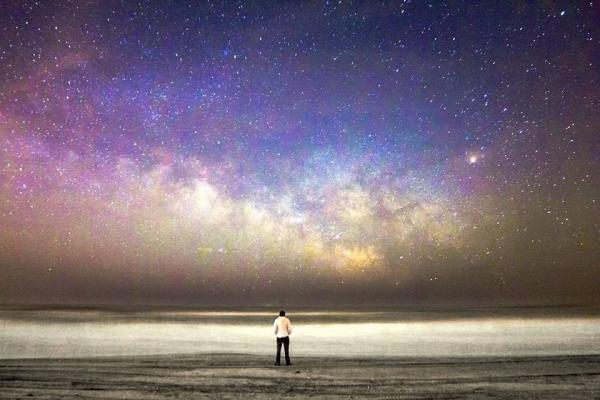Apr 6, 2020
As the plague continued to spread with every cough, they blamed a lunar eclipse and the malignant forces of Saturn, Jupiter, and Mars for deadly vapors arriving on currents of air, passing into the blood stream. They hypothesized that this “corrupted air … penetrates to the heart” and “destroys the life force.” From where else could this curse have come? A product of “divine will” they decreed, and urged the people “to return humbly to God.”
Read the Full Article

Already a subscriber? Login
